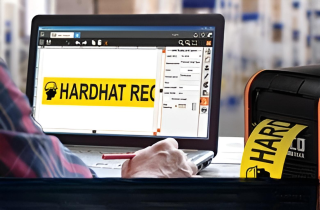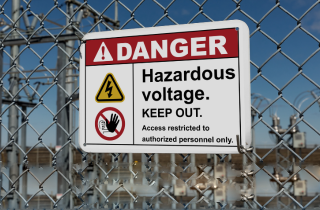Fire Safety FAQ

Fire Safety Tips for Prevention, Labeling and Emergency Planning
Fire safety should be a top priority in every facility, as a single spark can quickly escalate into a catastrophic event. Preventing fires—and preparing employees to respond quickly if one occurs—requires a combination of risk assessment, safety equipment, clear visual communication, and regular drills. Meeting OSHA and NFPA standards is essential for both compliance and peace of mind.
Topics Covered:
Explore critical fire safety practices and compliance requirements.
- Fire Prevention Strategies: Reduce risks by managing flammable materials and maintaining equipment.
- Fire Extinguisher Labeling: Get familiar with proper placement, identification, and inspection standards for extinguishers.
- Emergency Preparedness: Understand evacuation procedures and the role of fire alarms and suppression systems.
Start building a safer, more compliant fire safety program with these actionable resources.
Fire Safety Frequently Asked Questions
- How can floor marking support fire safety and emergency preparedness?
- What are the OSHA requirements for a workplace fire prevention plan?
- What fire safety procedures should every workplace have in place?
- What is the International Fire Code, and how does it apply to workplace safety?
- What should be on a workplace fire safety checklist?
Explore our extensive FAQ library to get insights on industrial labeling, workplace safety, and compliance. Find solutions and best practices for maintaining a safe and efficient work environment.
Related Resources

Lean Methodology FAQ
Lean Methodology Basics to Improve Efficiency and Cut Waste Lean methodology is a powerful system designed to ...
Read
5S FAQ
5S Methodology Steps for a Safer and More Organized Workplace 5S is one of the most widely used workplace ...
Read
Industry-Specific Labeling Needs FAQ
Labeling Needs for Manufacturing, Food, Healthcare, and More Every industry faces unique challenges when it ...
Read.png)





